The caption to this picture, which appeared in Life magazine in 1973, read: “In New York, the fall becomes a manifestation of grace. Eyes come out of orbits, eight wheels and ten fingers are raking the air. Charlie O'Connell from the San Francisco Bay Bomber takes on such a fantastic pose that the most desperate participant in roller skating “Roller Derby” is afraid to adopt. His encounter with Bill Groll from the New York Chief at the World Championships last May is still fresh in his memory. As a result, O'Connell and his team dropped out of the fight. ”
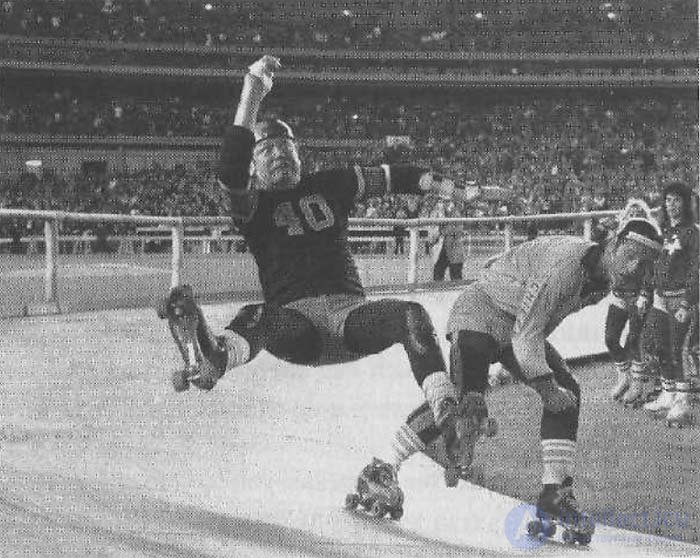
O'Connell shows the same horror expression as the truck driver, although you can see much more clearly about O'Connell’s face. His upper eyelids are raised as much as possible, his eyebrows are raised and drawn together, his lips are compressed and stretched horizontally, and his chin is pushed forward.
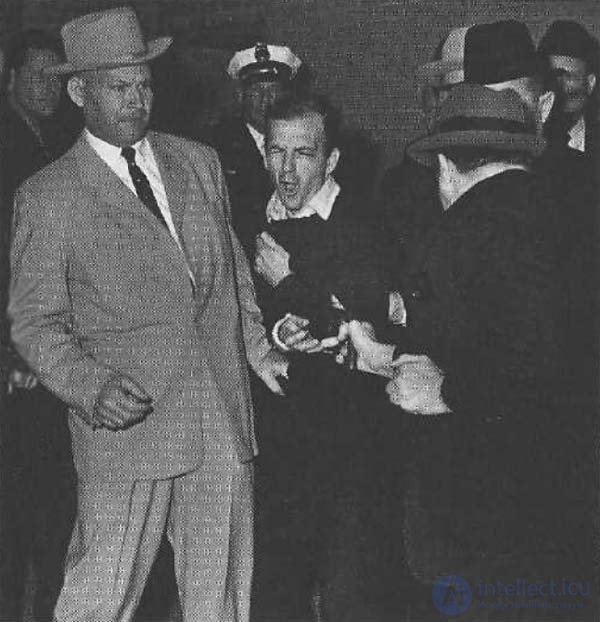
The caption to this photo, which appeared in Life magazine in 1963, read: "Dallas, November 24, 1963. Act of historical retribution: Jack Ruby shoots Lee Harvey Oswald - the killer of President Kennedy."
Detective J. Livell (the man on the left) just heard the sound of a shot. His face expresses both fear and anger. His eyebrows are lowered and drawn together and almost in contact with raised upper eyelids. As a result, he has a "ferocious look" - an expression of anger, which I told about earlier. The lower half of his face and the position of his head speak of fear. The lips are stretched horizontally in the direction of the ears, the chin is pulled back, as the head tilts back when the sound of the shot.
Try to close the lower part of his face with your hand so that you can see only anger in the upper part of his face. Then close only the top of his face to see the expression of fear at the bottom.
It is quite natural that Livell instantly felt fear at the sight of a pistol, fearing that the next shot would be fired at him. (From the expression of pain on Oswald’s face, we can guess that the shot had already been fired, and a startled reaction to the loud sound had already appeared on Livell’s face.) Detective Livell was also angry at the gunman Ruby, as his task was to prevent such attacks on Oswald. Earlier, I mentioned that it is not unusual that we both feel anger and fear at the same time when we feel a clear threat, and this is what we see on Liwell's face.
Now let's take a look at the photos showing slight signs of fear and surprise on the face.
Eyes play a crucial role in expressions of surprise and fear, and it is the eyes that allow us to correctly distinguish these expressions. In picture A, the upper eyelids are slightly raised compared to the neutral expression shown in picture B. This might be a sign of surprise, but perhaps this is just a sign of attention or interest. The picture In the upper eyelids raised more strongly, and now it is likely that the face expresses surprise, anxiety or fear; what exactly will depend on what happens in the rest of the face. (In none of the pictures does Eve's face express horror — the extreme expression of fear shown by the truck driver and the roller-skater race.)
If the expressions were created only due to changes in the eye area, as in the picture B, then what the person says would depend on the duration of these changes. If the dilated eyes appear for a second or two, then it is more likely that the face will be surprised rather than worried or frightened.
At first glance it should be obvious that now Eve’s face shows fear in her eyes. Although it is customary to talk about expressing emotions in the eyes, as a rule, we do not mean eyeballs, but what we see due to changes in the position of the eyelids. Here we see an indication that the lower eyelids are not talking about surprise or attention, but about fear. When the intense lower eyelids are supplemented by the raised upper eyelids with the rest of the other elements of the face neutral, this is almost always a sign of fear. With a sequential transition from the snapshot D to the snapshot E, one can observe a gradual increase in fear. This is due to the fact that the upper eyelids rise higher and higher. In picture E, the upper eyelids are in the ultimate upper position, which Eve can provide. This expression may be an expression of horror, not fear or anxiety, but horror controlled, in which a person who has such a facial expression tries with all his might not to show what he really feels.
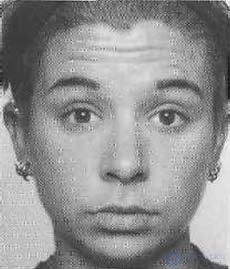 | 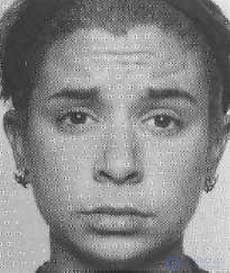 |
| F | H |
Now let's see how to express surprise and fear eyebrows. When the eyebrows are simply raised up, as in the image F, then such a signal is ambiguous. Most often, such a movement is a sign of underlined attention to a specific spoken word. If so, then the highlighted word will be pronounced in a louder voice. The face in the picture F may also serve as a question mark, posed at the end of the interrogative sentence. In the previous section, I already mentioned that lowering and flattening the eyebrows, as shown in picture D (click), can be used by a person as a question symbol. Some of our studies suggest that if a person knows the answer to a question asked by him and uses the movement of eyebrows, then he will probably have an expression similar to that shown in the G picture; if a person does not know the answer to the question he is asking, then he will probably reduce his eyebrows and bring them down, as was shown in section 6. Image E may also show exclamation or mistrust, especially when such an expression appears in a person listening to he is told by his interlocutor.
Picture 3 shows a very reliable sign of anxiety or fear: when such an expression appears on the face, there is little doubt that a person is afraid. But no facial expression can be considered an obligatory manifestation of a particular emotion being experienced; For example, a person may be afraid, but not have raised eyebrows, shown together in the picture. Z. Of course, sometimes the absence of an expression can be the result of an attempt to suppress it, but even when no effort is made to control the expression of the face, each demonstrates all the signs of the emotion he experiences. Since, for the time being, we cannot explain why this is happening, we do not even know whether a person who does not express fear fully will express other emotions in the same way incompletely. But this is exactly the problem I am dealing with right now. However, the expression shown in image 3 rarely appears on the face when a person does not feel fear.
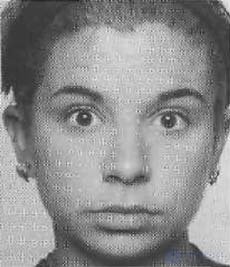 | 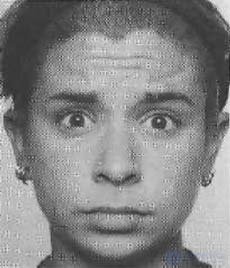 |
| AND | TO |
Usually, the upper eyelids are raised, the lower eyelids become tense and are complemented by frightened eyebrows, as shown in the picture K. Compare the picture I with the picture K, in which the eyebrows are slightly raised, but not so much as in the picture F, and the eyes are wide open due to the raised upper centuries. Comparison allows you to see the importance of eyelids and eyebrows to determine the differences between fear and surprise. We know that the picture And shows surprise, but not fear, because the lower eyelids on it are not tense, and the eyebrows, though raised, but not brought together; both of these signs can be seen in the picture K.
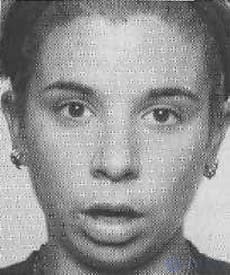 |  |
| L | M |
Now let's look at the signs of surprise and fear in the lower part of the face. In case of surprise, the lower jaw drops, as seen in picture L, and in case of fear, the lips are pulled back towards the ears, as shown in picture M. (Note that picture M is a composite picture because it was difficult for Eve to perform this frightened movement lips without having to strain your lower eyelids.)
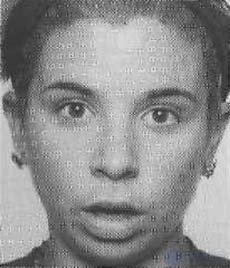 | 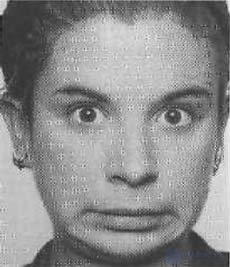 |
| H | ABOUT |
You have already seen that eyebrows and eyelids themselves can signal fear, as in the picture K, or of surprise, as in the picture I. When the movements of the eyelids are supplemented by the movements of the mouth, these emotions can also be reflected on the face, even without movements eyebrows. Surprise is shown in photograph H, and concern or fear in photograph O; in both pictures the movement of the eyebrows in the expression of these emotions are missing.
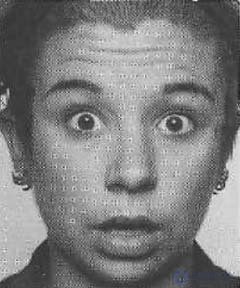
Snapshot P shows how important raised upper eyebrows are for spreading a signal of fear. Even though the lower eyelids are not strained, and the eyebrows and mouth perform the movements that are usually observed with astonishment, in this picture the upper eyebrows are raised so high that it creates the impression of experiencing fear. (This is also a composite photo, in which the eyebrows from the picture M were transferred to another photo.)
Since people often confuse expressions of fear and surprise, the two pictures below allow us to compare the expressions of these two emotions, which are intensely manifested on the whole face: surprise shows in picture P, and fear shows in picture C.
 | 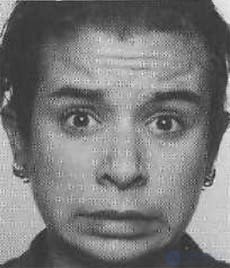 |
| R | WITH |


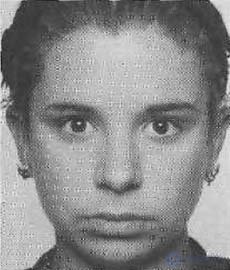
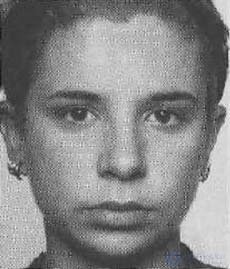

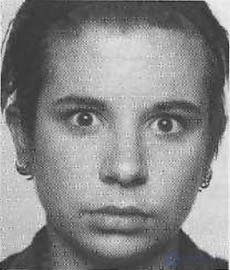
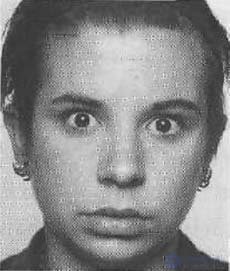
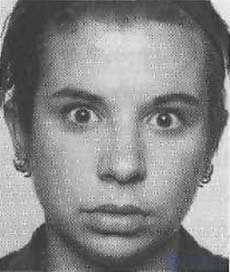











Comments
To leave a comment
Psychology of emotions
Terms: Psychology of emotions